Key Points and Summary – To maintain dominance in the 2030s and counter China’s rapidly growing airpower, the U.S. Air Force is transforming itself by embracing new technologies beyond just new aircraft.
-The key to future air superiority lies in integrating systems like Collaborative Combat Aircraft (CCA) drones, hypersonic weapons such as the ARRW, and advanced AI.
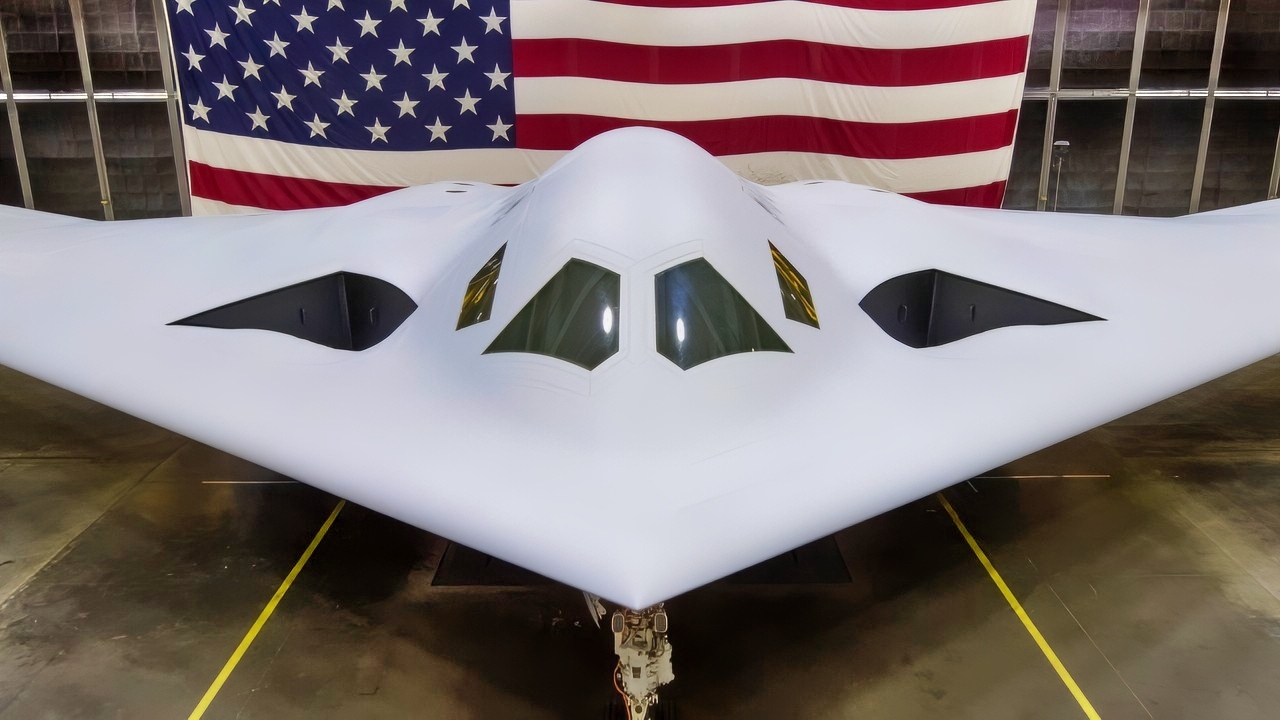
The B-21 Raider was unveiled to the public at a ceremony Dec. 2, 2022 in Palmdale, Calif. The B-21 will provide survivable, long-range, penetrating strike capabilities to deter aggression and strategic attacks against the United States, allies, and partners. (U.S. Air Force photo)
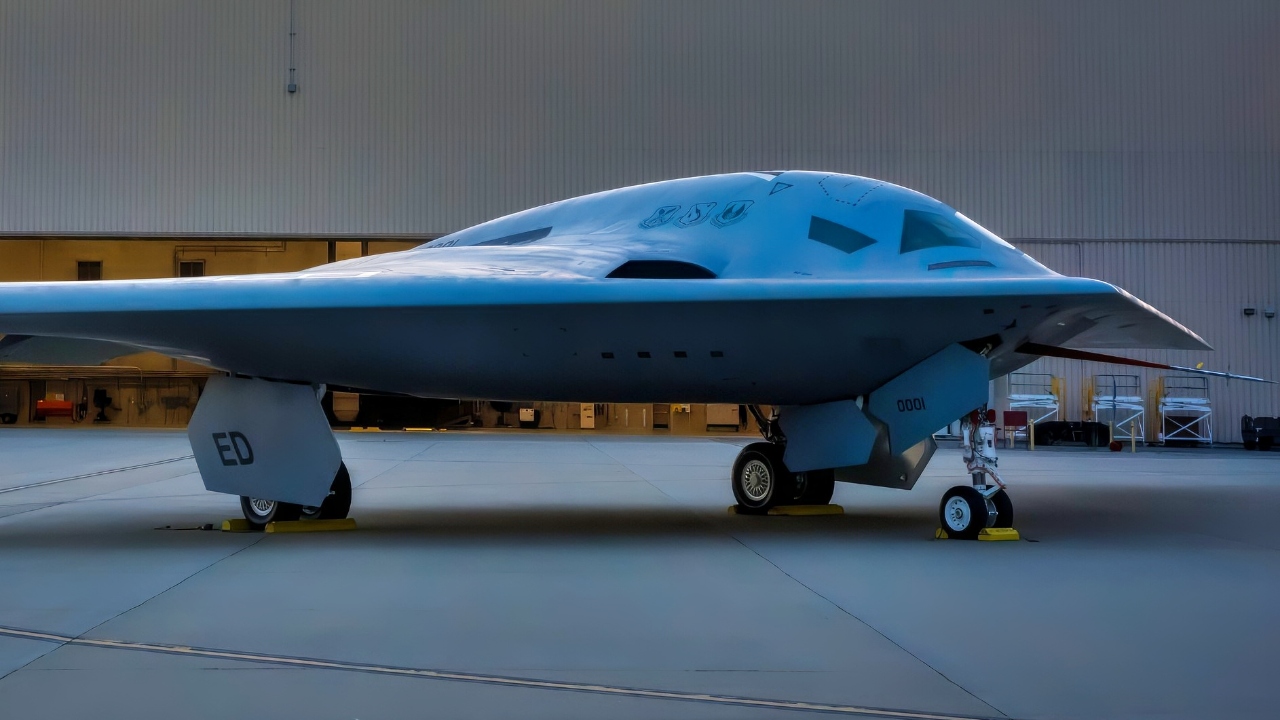
The B-21 Raider is designed with an open systems architecture, enabling rapid insertion of mature technologies and allowing the aircraft to be effective as threats evolve. The bomber was designed up front for supportability and maintainability-based upon decades of lessons learned and best practices from prior aircraft programs-to improve long-term affordability and outcomes in operations and sustainment. The B-21 first flight is anticipated to take place in calendar year 2023. (U.S. Air Force photo)
-Artificial intelligence will be crucial for accelerating pilot decision-making (OODA loop), enabling projects like Skyborg for manned-unmanned teaming, and creating transformative predictive maintenance.
-Looking further ahead, quantum computing is being developed for ultra-secure communications and to control future drone swarms.
New Technologies Are Transforming the U.S. Air Force
The U.S. Air Force must be ready to transform itself for the 2030s.
It has depended on the F-22, the F-35, the F-15, the B-2, and the B-1B for decades.
To be sure, there are new airplanes like the F-47 NGAD, the B-21 Raider, and the F-15EX Eagle II that will herald in a new era, but will these airplanes be sufficient to allow the Air Force to dominate the next decade?
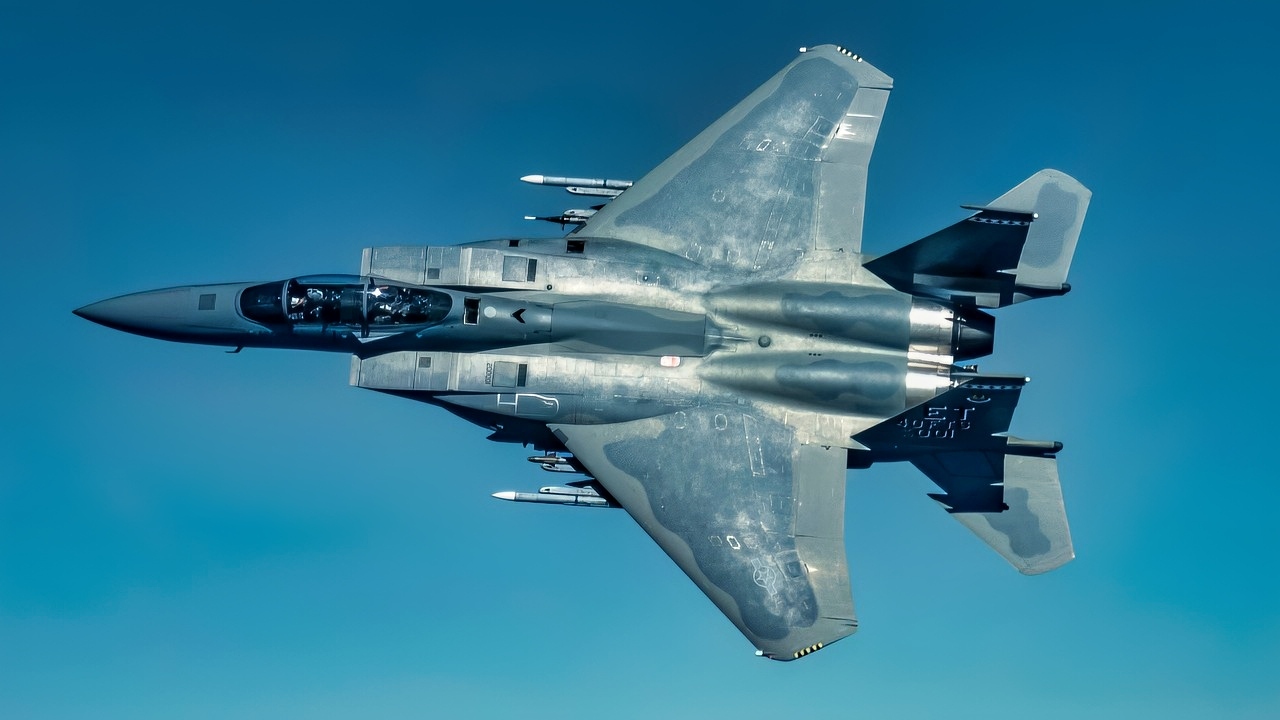
U.S. Air Force Lt. Col. Richard Turner, 40th Flight Test Squadron commander flies 40 FLTS Senior Enlisted Leader, MSgt Tristan McIntire during a test sortie in the F-15EX Eagle II over the Gulf of Mexico on Jun. 14, 2022. Assigned to the 96th Test Wing at Eglin Air Force Base, Fla., the F-15EX Eagle II is the Air Force’s newest 4th generation fighter being tested at the 40 FLTS. (U.S. Air Force photo by Tech. Sgt. John McRell)
China Is Forging Ahead As Usual
The biggest problem I foresee is China’s vast number of J-20s.
The People’s Liberation Army Air Force could have 500 stealth Mighty Dragons by 2030.
Plus, two sixth-generation PLAAF fighter jets are already in the air: the J-36 and J-50.

J-36 Fighter from China. Image Credit: Creative Commons.
These have a significant jump against the F-47 NGAD, which may not fly until 2028 (and I see that date pushed to 2030).
Russia is less of a competitor, as its aerospace industry is stalling due to the war against Ukraine and international sanctions; however, Vladimir Putin is unlikely to take the manufacturing difficulties lying down.
Russia could produce more Su-57 Felons – their best fighter jet – and these deliveries could be decisive in a war with NATO.
Time for New American Systems
The U.S. Air Force must also look at the development of drones, hypersonic weapons, artificial intelligence, and quantum computing.
A bright spot for the flying service branch is the unmanned Collaborative Combat Aircraft (CCA).
Two defense contractors already have prototypes.
The F-47 and the B-21 should be able to quarterback this advanced drone, which has multiple advantages, including electronic warfare, battle damage assessment, intelligence collection, and its own means for ground strike, which could include hypersonic missiles.

NGAD F-47 Fighter. Image Credit: Creative Commons.
Air-Launched Hypersonics to the Rescue for the U.S. Air Force
Speaking of hypersonics, the Russians and Chinese are probably in the lead with these weapons.
However, the United States is catching up with its ARRW (Air-Launched Rapid Response Weapon), which may have a new lease on life with future funding. This thing is a beauty, boasting MACH 5+ speed and boost-glide propulsion. Procurement may begin in 2026.
What Is AI-Driven OODA?
The Air Force must grow its artificial intelligence capabilities in the cockpit. Instead of employing a back-seat weapons officer, the new airplanes need to demonstrate that they can detect and track more enemy aircraft when facing all the fighters that the Chinese will send into the sky.
The Hunter-Killer aspect of U.S. fighter jets needs to be reinforced with AI. The pilot’s OODA loop (Observe, Orient, Decide, and Act) must be rapidly cycled with more AI-driven computing power.
The other technology that can be even more transformational is quantum computing. In terms of processing power, there is no other computing innovation that can cycle as rapidly.
I foresee that quantum computing can better control drone swarms from the cockpit, not just CCAs.
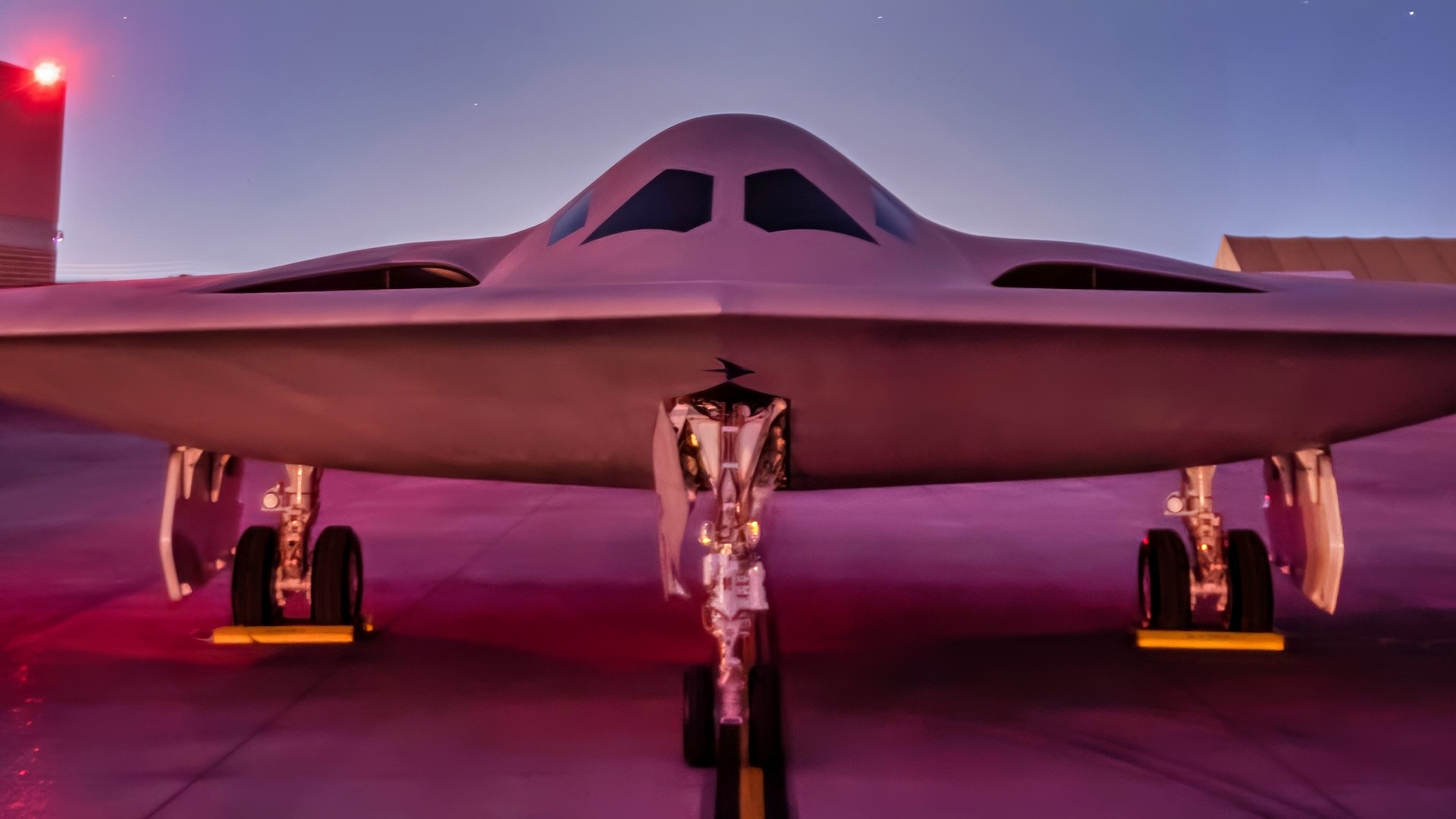
The B-21 Raider was unveiled to the public at a ceremony December 2, 2022 in
Palmdale, Calif. Designed to operate in tomorrow’s high-end threat environment, the B-21 will play a critical role in ensuring America’s enduring airpower capability. (U.S. Air Force photo)
We are not there yet, as quantum computing is currently more focused on secure networks of communication, but we can expect that to change.
Qubits Are Coming To a U.S. Air Force Jet Near You
Quantum computing is being perfected at the U.S. Air Force Research Laboratory.
Quantum advancement works with the “individual quantum bit, or qubit, level to the system level, to potentially connect different qubit types together in a network which could provide the U.S. Air Force with ultra-secure quantum communications with military applications,” according to an Air Force news release.
Project Skyborg is an interesting concept that the Air Force is developing. This AI system will allow better unmanned-manned teaming and would help run those loitering kamikaze drone swarms from Air Force fighter jets.
Skyborg is on track for the service branch and was given a head start by Air Force Secretary Frank Kendall during the President Joe Biden administration. It should be ready soon and could not come at a better time.
Transformative Predictive Maintenance for U.S. Air Force
Artificial intelligence and quantum computing can also be used to improve maintenance. Humans have a difficult time predicting how many airplanes must be taken out of the air for maintenance periods.
The Air Force needs to determine which fighter jets will be combat-coded in the future and prevent airplanes from being cannibalized for parts.
AI and quantum computing can effectively perform predictive analytics, helping more jets fly the maximum number of sorties.
Next-generation jamming pods are all the rage now. Electronic warfare is more important than ever.
Powerful beyond-visual-range (BVR) missiles, such as the Chinese PL-15, are emerging as difference makers in combat, having been successfully used by Pakistani-flown J-10Cs (also manufactured by China).
These may have shot down at least one Indian-flown Dassault Rafale in this year’s huge dogfight between Pakistan and India.
There needs to be reliable jamming and spoofing against Chinese BVRs. Without this capability the F-47 NGAD and F-15EX will not be able to survive.
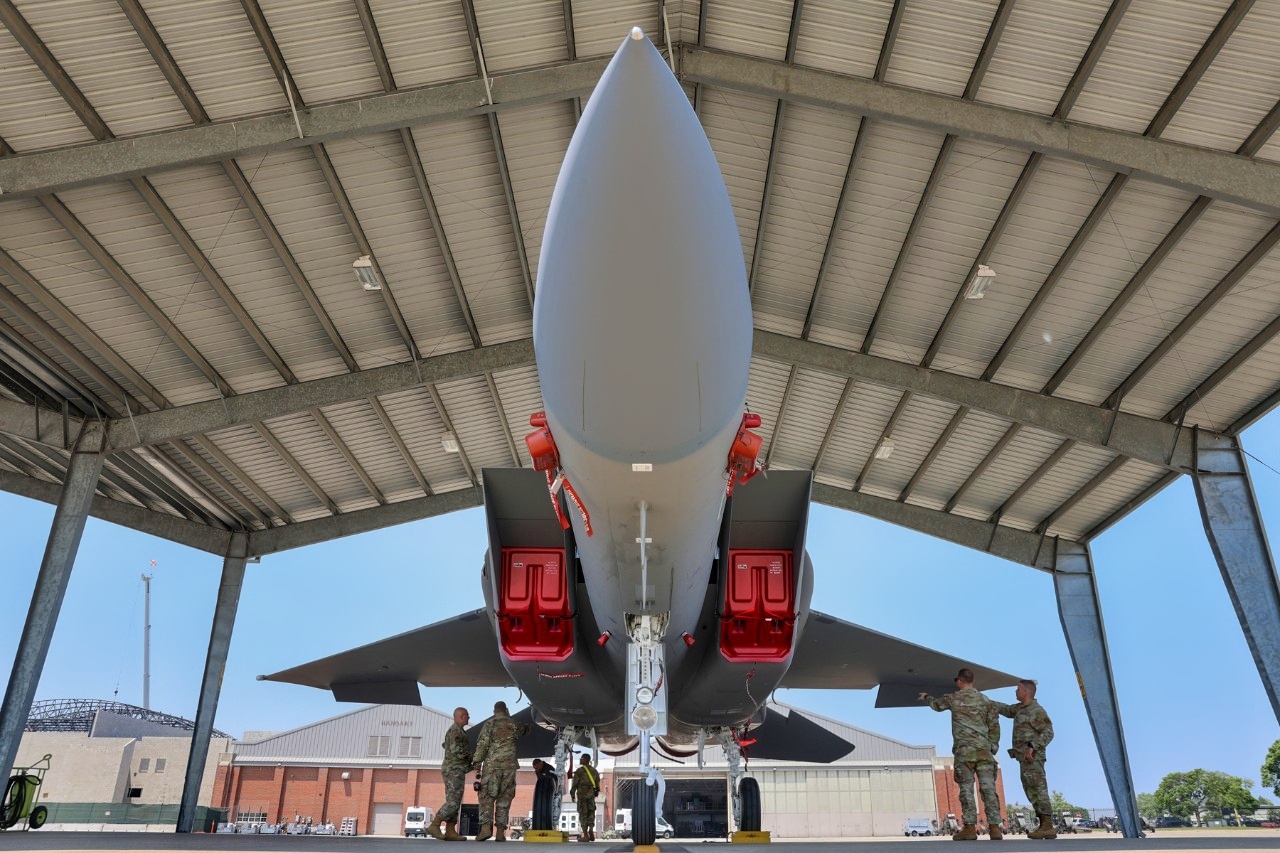
An F-15EX Eagle II from the Defense Contracting Management Agency Boeing St. Louis, sits on the flight line at Selfridge Air National Guard Base, Michigan, June 11, 2025. The aircraft visited the base as part of a site activation task force, an initial step to prepare the 127th Wing with the right infrastructure, personnel, and support the incoming F-15EX and KC-46 Pegasus missions . (U.S. Air National Guard photo by 1st Lt. Elise Wahlstrom)
The Air Force will also utilize autonomous flight testing more effectively to evaluate new aircraft, such as the F-47 and B-21.
Software will be tested rapidly to predict how airplanes will fare in dogfights or during surface-to-air missile strikes. This can also be accomplished with AI and quantum computing.
The Air Force is well-positioned to transform itself for the 2030s. This will require substantial funding and political willpower from the White House, Congress, and the Department of Defense.
Acquisition strategies must include the private sector, academia, think tanks, and internal scientific agencies, such as the Air Force Research Laboratory, to ensure the flying branch stays ahead of adversaries with the latest innovations, making the Air Force dominant into the 2030s.
About the Author: Brent M. Eastwood
Brent M. Eastwood, PhD is the author of Don’t Turn Your Back On the World: a Conservative Foreign Policy and Humans, Machines, and Data: Future Trends in Warfare plus two other books. Brent was the founder and CEO of a tech firm that predicted world events using artificial intelligence. He served as a legislative fellow for US Senator Tim Scott and advised the senator on defense and foreign policy issues. He has taught at American University, George Washington University, and George Mason University. Brent is a former US Army Infantry officer. He can be followed on X @BMEastwood.
More Military
The First 48 Hours of a War With China ‘Could Be Ugly’
Russia Tried to Build Their Very Own F-22 Raptor. Calling It a Disaster Would Be a Gift
The Royal Navy’s Queen Elizabeth-Class Aircraft Carriers Simply Summed Up in 4 Words










